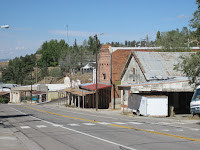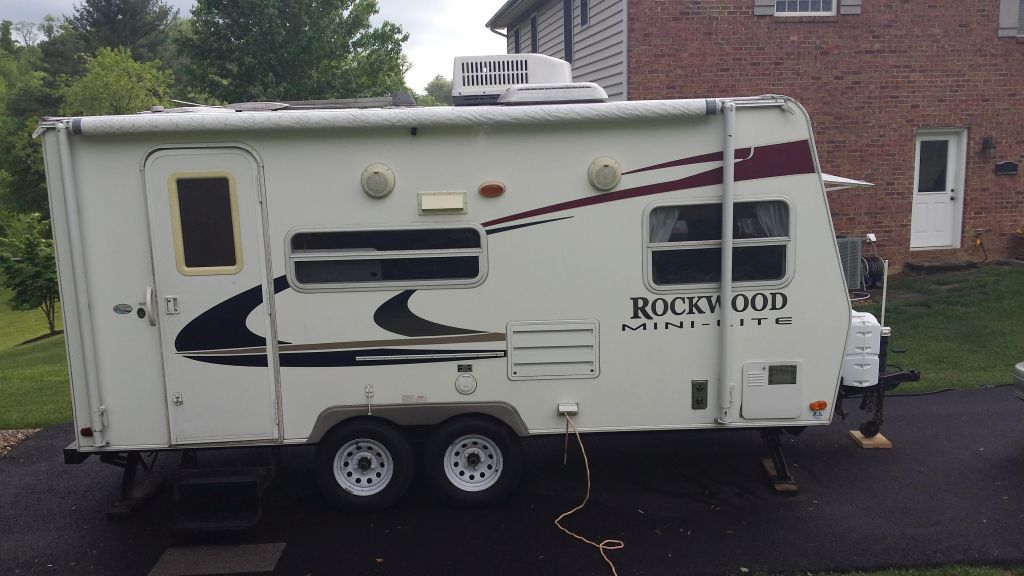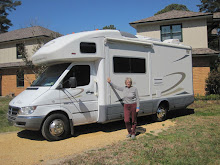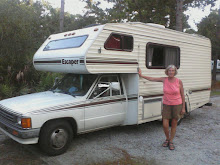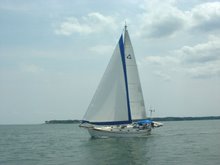We have spent 3 weeks travelling through the Navajo Nation and Central Arizona seeking out as many ancient cliff dwellings as we could find. We've really learned a lot about the Navajo and Hopi, and their ancestors the Anasazi, Sinagua and Salado.
Most of these dwellings were built around 1000 AD and were abandoned around 1400 AD. The reason for their abandonment is currently unknown but the buildings have aged well due to the cover created by the caves in which they exist.
Our first stop was in the Navajo National Monument where we lucked up and managed to participate in a 5 mile guided trek to the ruins at Betatakin.
The tour is only held once a week at this time of year. It is 700 feet down into the canyon for an up-close view of the ruins, built in an enormous alcove measuring 452 feet high and 370 feet across.
Our volunteer Navajo guide, Jim Black, was awesome and not only gave us insight into the life of the Anasazi but also shared much about the Navajo culture.
Next stop was Canyon de Chelly, which we viewed from several overlooks at the rim of the deep canyon.
There were several ancient cliff dwellings, some of which couldn't be seen until they were pointed out to us.
The Anasazis did a great job of camouflaging something that was in plain sight.
Then we visited Tonto National Monument where a great docent, Ryan, spent about an hour talking to us about the inhabitant's daily life and how the dwellings had been constructed.
These beams are original
Montezuma's Castle, named in the 1860s when it was 'discovered', has 5 stories and 20 rooms. Right next to it were larger, but less well preserved dwellings.
It is interesting that these native americans were building cliff dwellings during the period in Europe when magnificent cathedrals where being built. York Minster, for example, where construction began in 637 AD and ended in 1408 AD.
Unfortunately we have not yet visited the crown jewel of cliff dwellings – Mesa Verde – that will have to wait until warmer weather next summer as it's at over 8,000 feet of elevation. Brrr.
Below are a few odds and ends that may be of interest:
Can you guess which one is Julie? The Saguaro (pron. "sah-WAHR-oh") cactus is Arizona's state flower.
Navajo Dye Chart showing the plants used to create the beautiful colors in Navajo weavingsInside the Hubbell Trading Post established in 1828 and still trading incredibly beautiful Navajo rugs, blankets and much, much more.
Inside the Hubbell Trading Post store
Hubbell Trading Post barn
We had to get a photo of this luxurious motor coach – note the sticker on the upper left corner. We figure “roughing it” is all a matter of perspective...










































